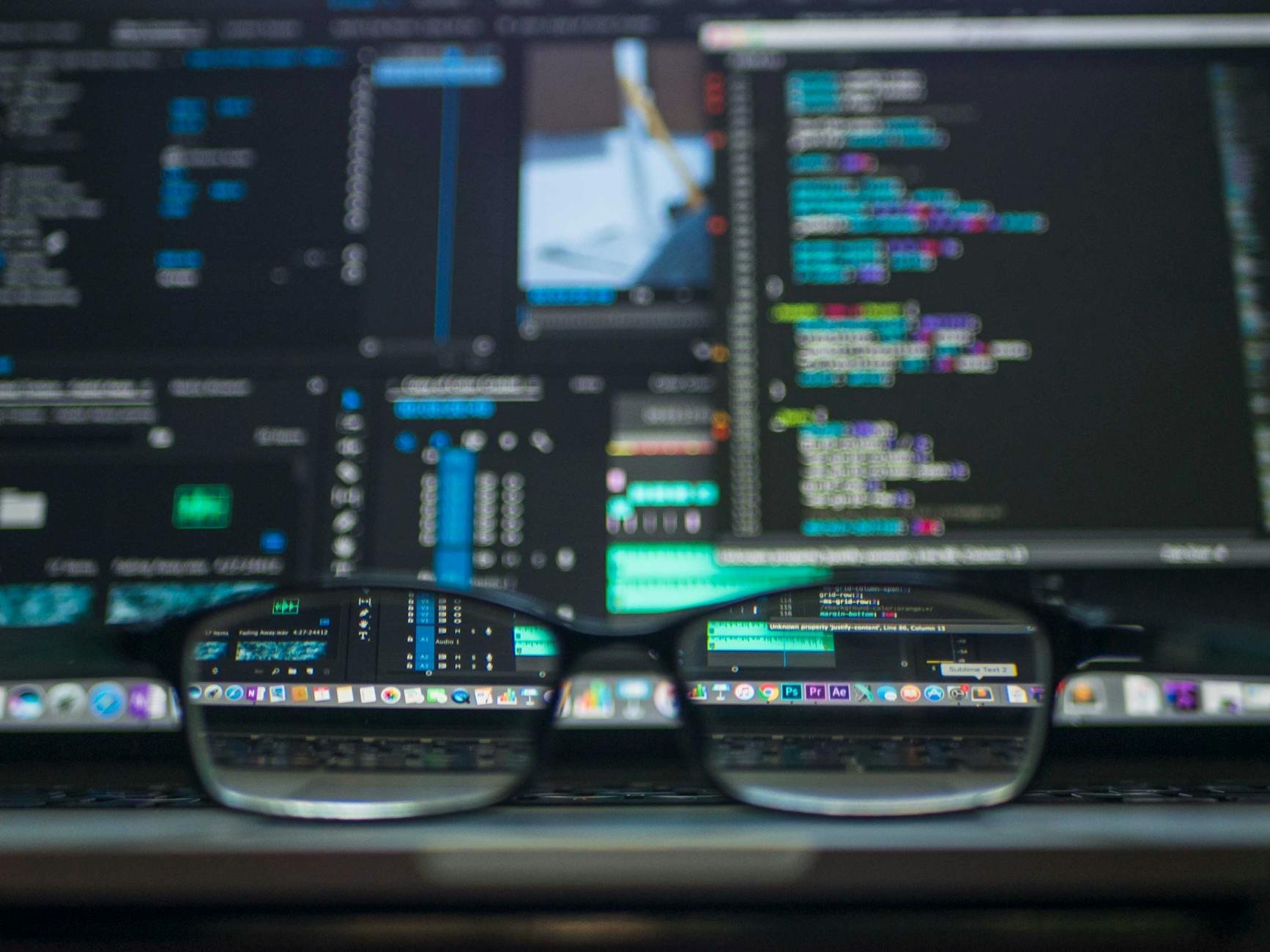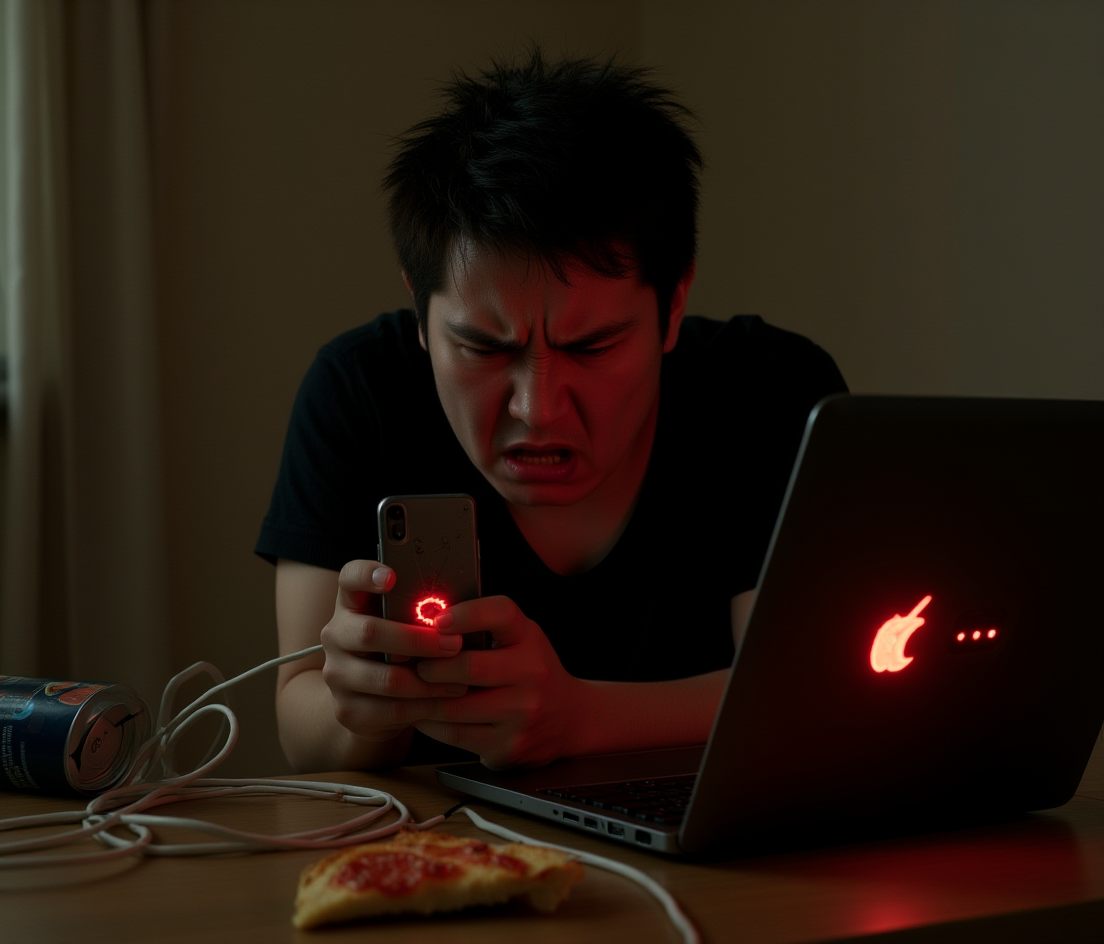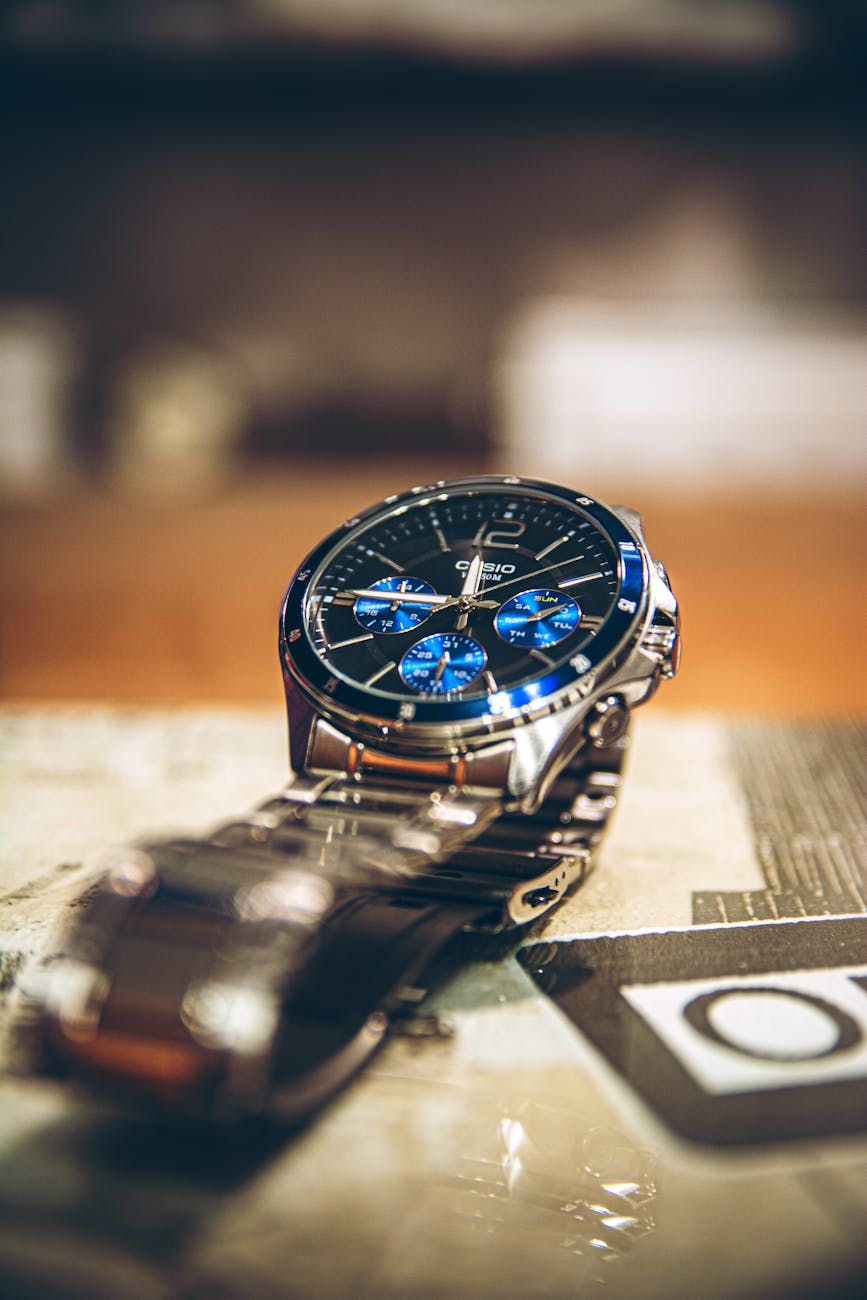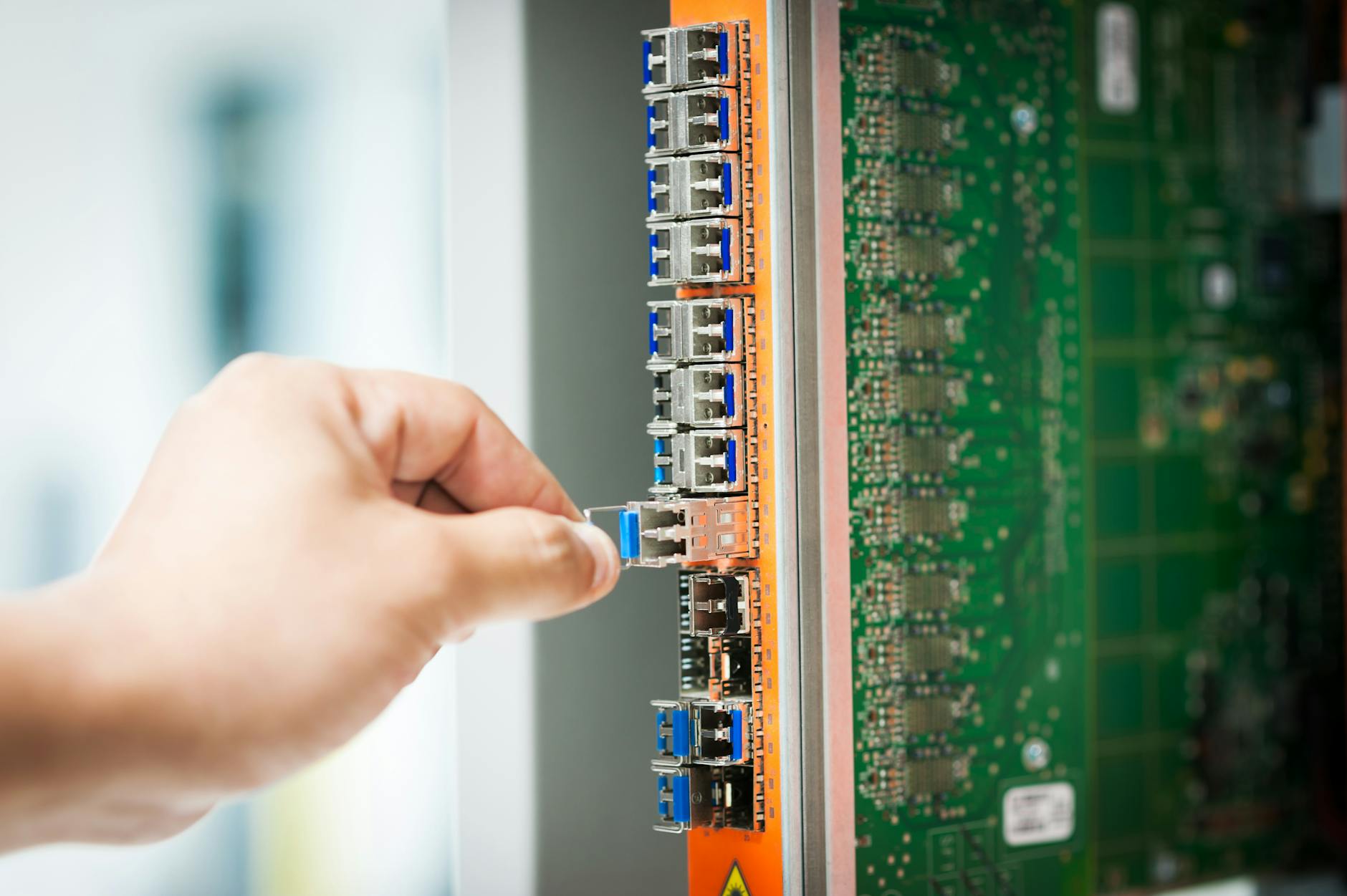Well, I’ve had some pretty good luck with OCLP to update old Macs to the latest MacOS Ventura, and Sonoma. Right now I’ve got running and it’s a pretty good list. The main thing to do is to make sure you are using the latest Open Core Legacy Patcher. So the idea is you get the latest operating system that is supported, then you do a brew install opencore-patcher and then you download the more advanced operating system, you create a USB key with it, and then download the OpenCore patches into the EFI boot so that it all works. This is kind of tricky but there are outstanding issues for each of these to pay attention to:
- MacBook Pro 2017 (MacBook Pro14,3). Apple has been closing up support for Intel-based Macs pretty quickly, so even my relatively new 2017 MacBook Pro does not run Sonoma. I’ve not yet upgraded it to Sonoma as Ventura seems just fine for it and I wanted to stay off the bleeding edge. The biggest thing is Legacy Metal on Sonoma where they are trying to do graphic acceleration.
- MacBook Pro 2014 (MacBookPro11,3). This is also running Ventura and seems to be relatively reliable which is kind of amazing. There are Legacy Metal issues are the same here as with the MacBook Pro 2017, so we will move to Ventura if and when these are resolved.
- MacBook Air 2012 (MacBookAir5,2). This is running Ventura as well and seems stable and has the same Legacy Metal as the without above.
- Mac mini 2011 (Macmini16,1). This thing runs slow with 8GB of memory and a slow processor, but it does work. I’m not super surprised that this is slow, but it is sure nice to be able to do brew installs for instance because the tooling is the same. I was having lots of trouble with building simple things. The big work here is for non-metal GPUs to provide GPU Acceleration. The main stability issue is that graphics switching doesn’t work and you have to lock into one of the GPUs. This is not a problem with the Mac mini which only has a single GPU.
- MacBook Pro 2010 (MacBookPro6,2). This one was unstable with GPU Panics for Ventura and Sonoma but seems to work with High Sierra, so I think that I’m going to keep going backward until I find some stability. It is probably going to be High Sierra where we started because of the graphics drive. This has the dual GPU problem so it looks like the fix is to work to disable the discrete GPU for now until this gets fixed by always using the Intel-integrated GPU
Disable the dGPU on MacBook Pro 2010 (MacBookPro6,2)
The main thing to do is that you have to boot to single-user mode or recovery mode and run this command to disable the dGPU. The main issue is that you can’t use the external display anymore with this fix, but for me that’s not a big deal, so do a reboot and hold the Command-S key and then type:
nvram FA4CE28D-B62F-4C99-9CC3-6815686E30F9:gpu-power-prefs=%01%00%00%00Gotchas: Follow the instructions closely, first download
The main gotcha is that the order of the things is a little strange.
First of all, before you can start with the upper right item, you need to go to the lower left and download the operating system you want. This then does an installation into the USB key that you should have plugged in. It will do the download and copy the Install application over to the USB. I also usually copy the Open Core Legacy Patcher application from /Applications as well in case I need it.
Then you just do a reboot holding the Option key down and selecting the EFI application and ignore all the other entries, you have to do the EFI Entry
There is going to be a huge list of items when you do the reboot, but you need to look for the USB icon which is kind of orange, and look for the words EFI which is the boot sector and it should take you through setup.
Disk images all over the place
If you are doing a ground-zero installation, I found that the Disk Utility in the Command-R mode would leave disks all over the place, so make sure to choose the left arrow to see all and delete all partitions except for the SSD and the “container” drive and then create an AFPS partition there before starting the installation.
Sonoma is a complete work in progress, stick with Ventura
My MacBook Pro 2010 and MacBook Pro 2014 were my test machine running Sonoma and it does seem to have a hardware panic that crashes it regularly. It is a bleeding-edge system, so with the 2010, it was probably this dGPU issue and with 2014, I was using OLCP 0.6 and the new OLCP 1.3 might be better, but in any case, it was pretty early to be using Sonoma.
While I did the MacBook Pro 2010 to boot, Bluetooth didn’t work even when the GPU switch didn’t get me. Also when I booted it up, Bluetooth didn’t work, but a PRAM reset with Command-Option-P-R did the trick.
High Sierra Network Boot Recovery doesn’t work
One note is that when I lost it, the Command-Option-R recovery didn’t work because it couldn’t find the Internet download for MacOS High Sierra. This is because Apple has taken down the High Sierra recovery in the cloud. Sigh, so I had to download an installer and put it on a USB key. So you want to make sure to have this software somewhere as these are really old machines.






